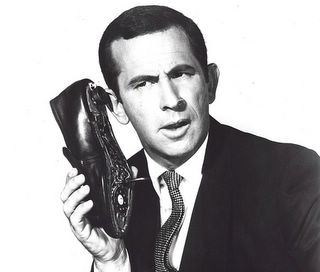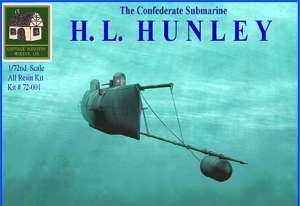
It's been almost 34 years now, since one of the best-known criminal mysteries of the Northwest fell from the sky to become a legend. On Thanksgiving eve in 1971, D. B. Cooper hijacked a Seattle-bound jetliner and parachuted into the night, $200,000 in ransom money tied to his waist. It remains the nation's only unsolved skyjacking. Did he survive? The weather was awful, he jumped over a dense forest of pine and Douglas fir, he wore only a suit and loafers, and one of the two parachutes he used was defective. On the edge of Lake Merwin, 30 miles north of Portland, Ariel became famous as the place authorities thought Cooper may have landed. Soon after the highjacking, when the weather broke, local police and the FBI set up camp near the Merwin Dam and sent scuba divers into the lake. They also searched Ariel's winding roads, small waterways and much of the thick forest that shrouds Southwest Washington. They found nothing. Here are the facts behind the legend: On Nov. 24, 1971, a thin white man in his 40's dressed for business, checked in for a Portland-to-Seattle flight. He gave his name as Dan Cooper (hours later, a reporter mistakenly identified him as "D. B. Cooper," which stuck.) During the short flight, Cooper told a flight attendant he had a bomb and opened his briefcase to show what may have been just that. When the plane landed in Seattle, Cooper released the passengers. In return, he was given four parachutes and $200,000 in $20 bills. Cooper then ordered the pilot to fly toward Mexico at an altitude no higher than 10,000 feet. Once airborne, a flight attendant observed Cooper tying the bags of money to his waist. He strapped one parachute to his chest, the other to his back. Several minutes later, the pilots noticed a cockpit light indicating that Cooper had opened the plane's rear door and extended the stairway--made possible because the plane was not pressurized at low altitude--and vanished into the freezing rain. Many leads have been followed, and more than 1,100 "serious suspects" have been looked into since 1971. Substantial leads still come in each year. Maybe someday a hunter or hiker will stumble over something that will solve the mystery of D. B. Cooper. The illustration above is an artist's rendering of what D. B. Cooper looked like in 1971 and what he might look like today.




























